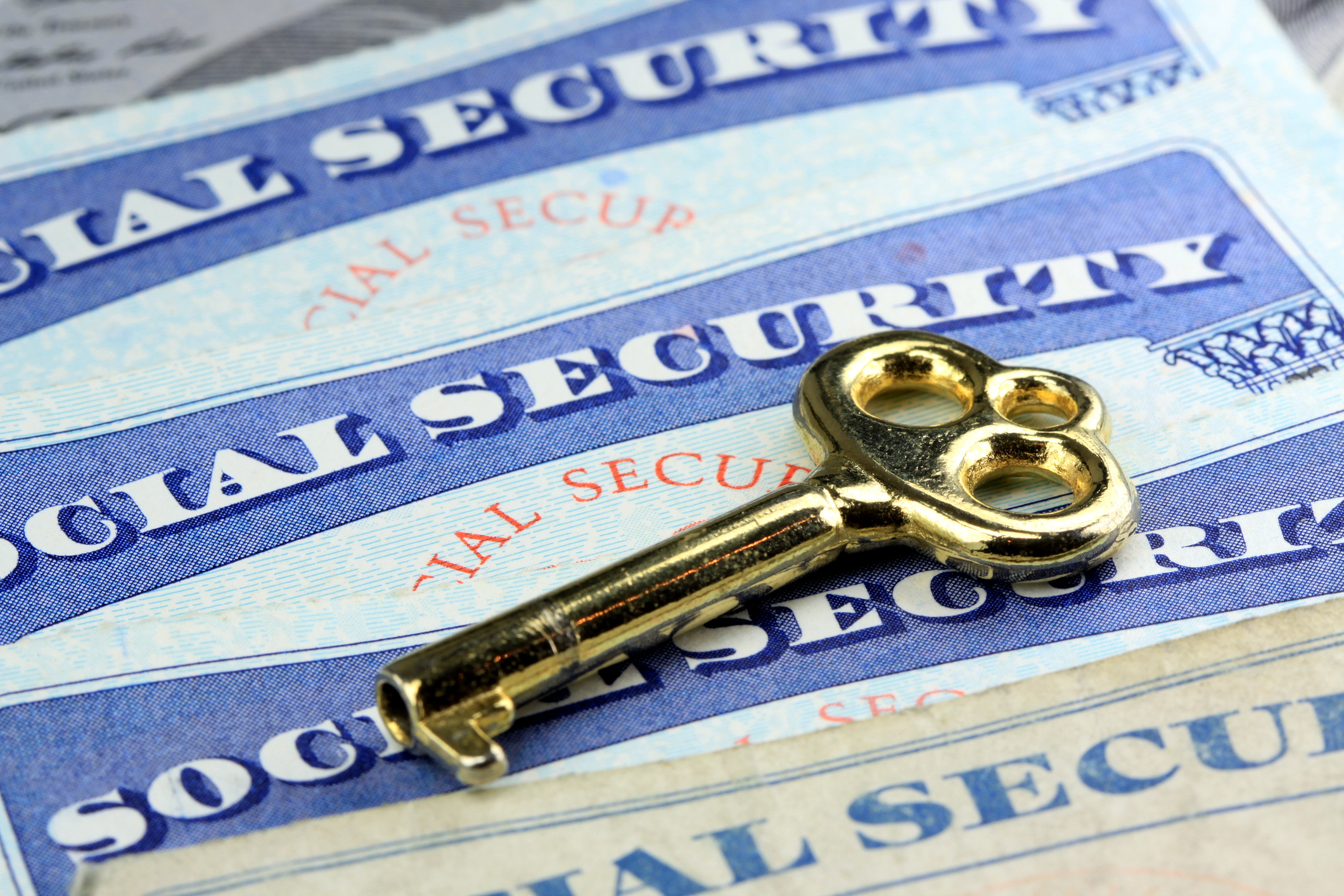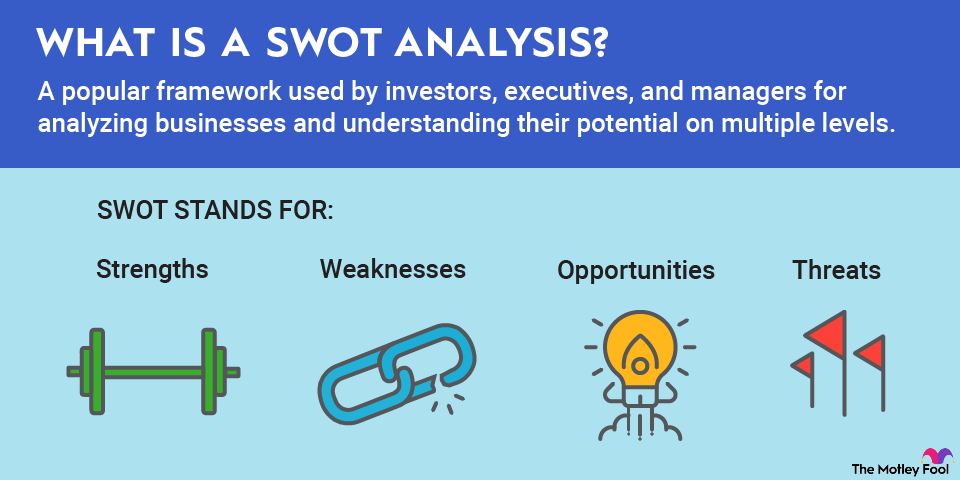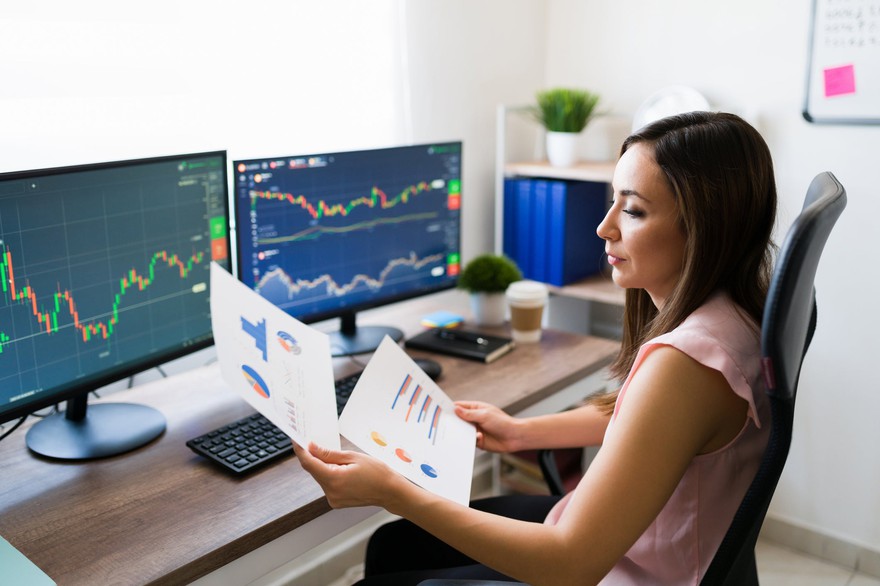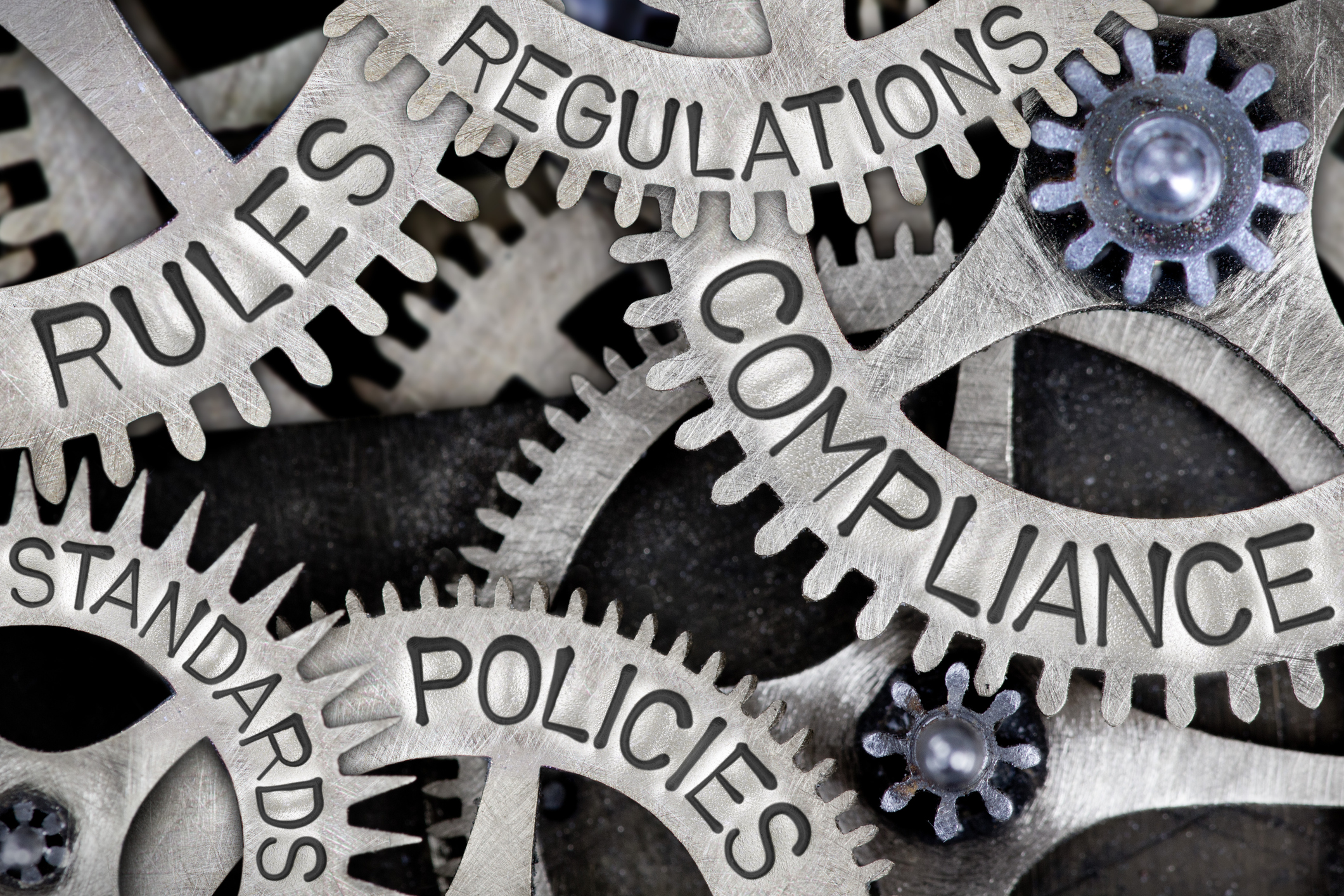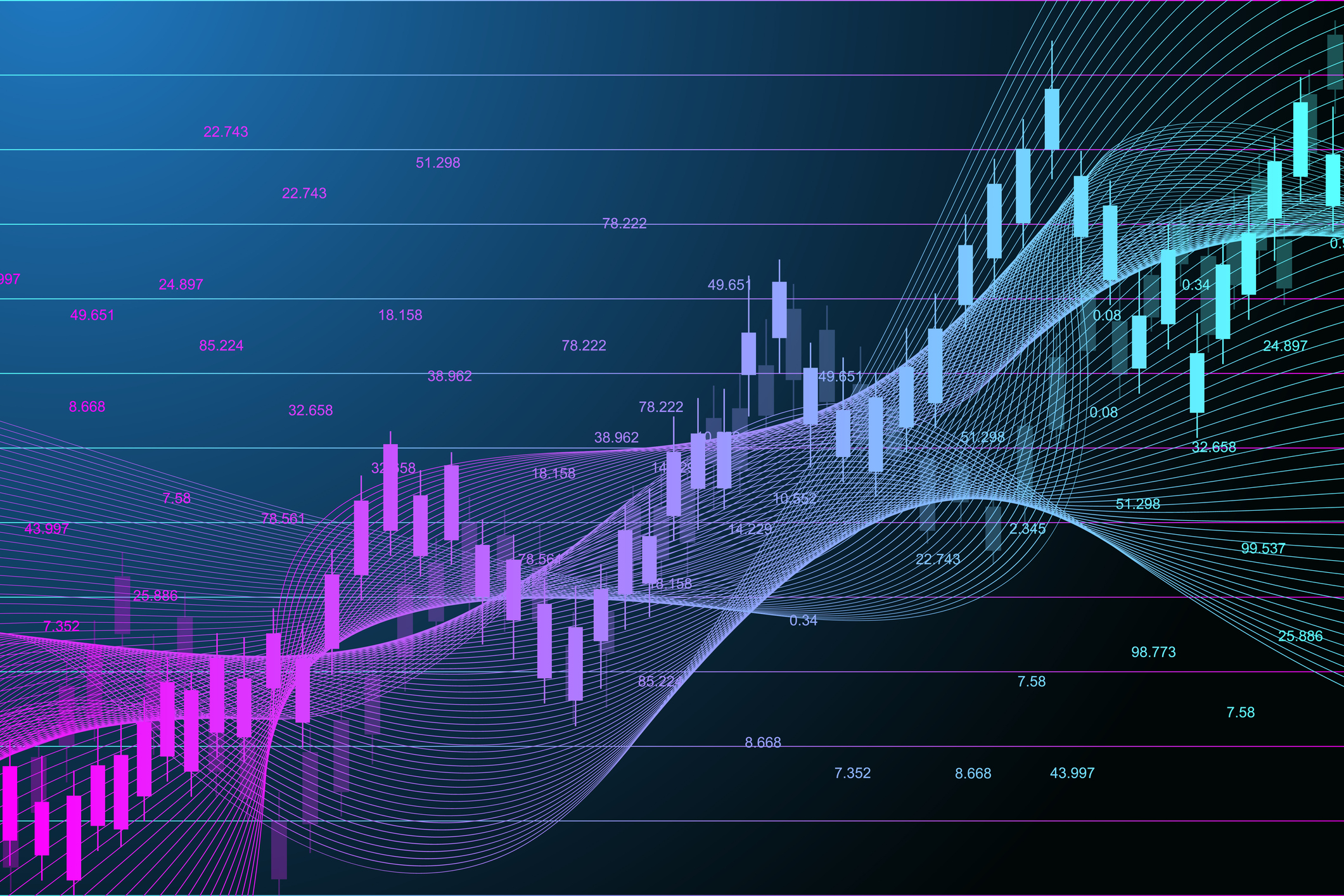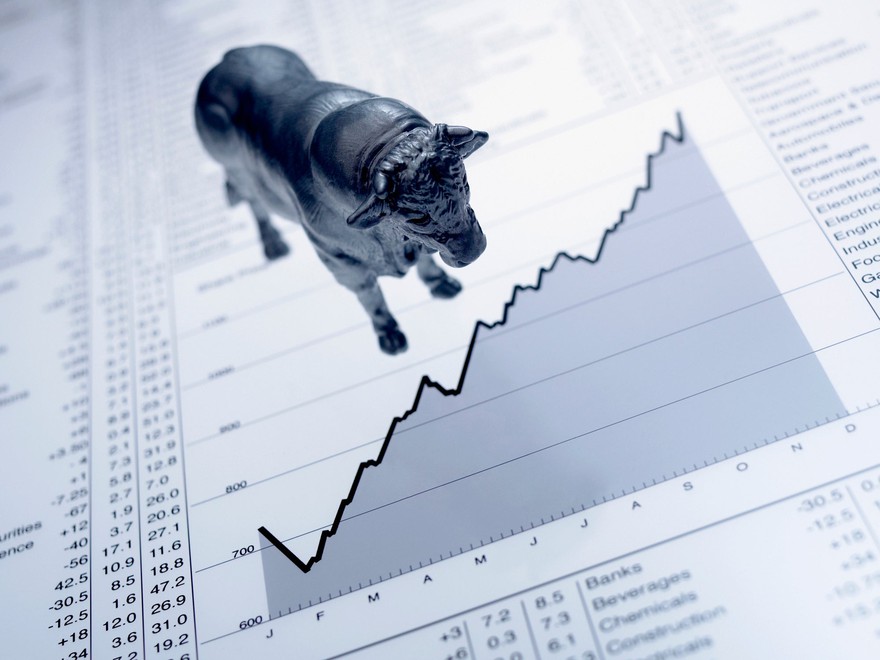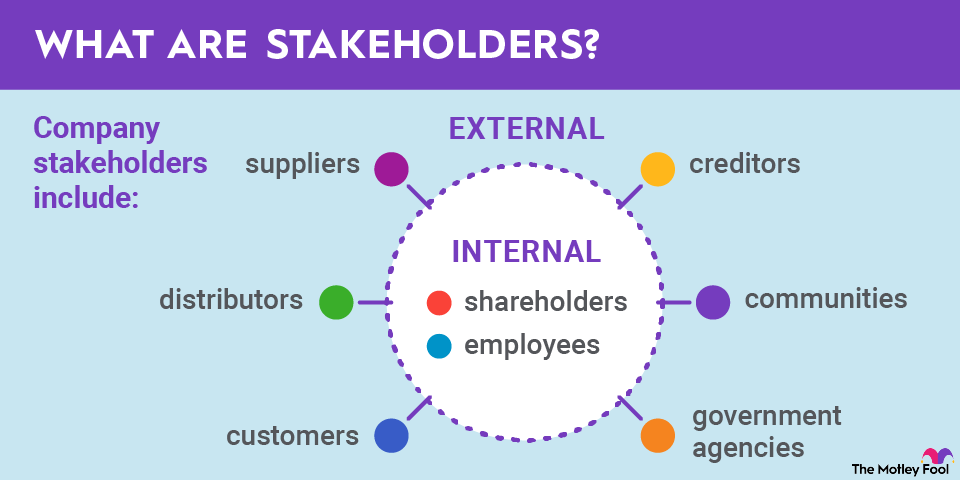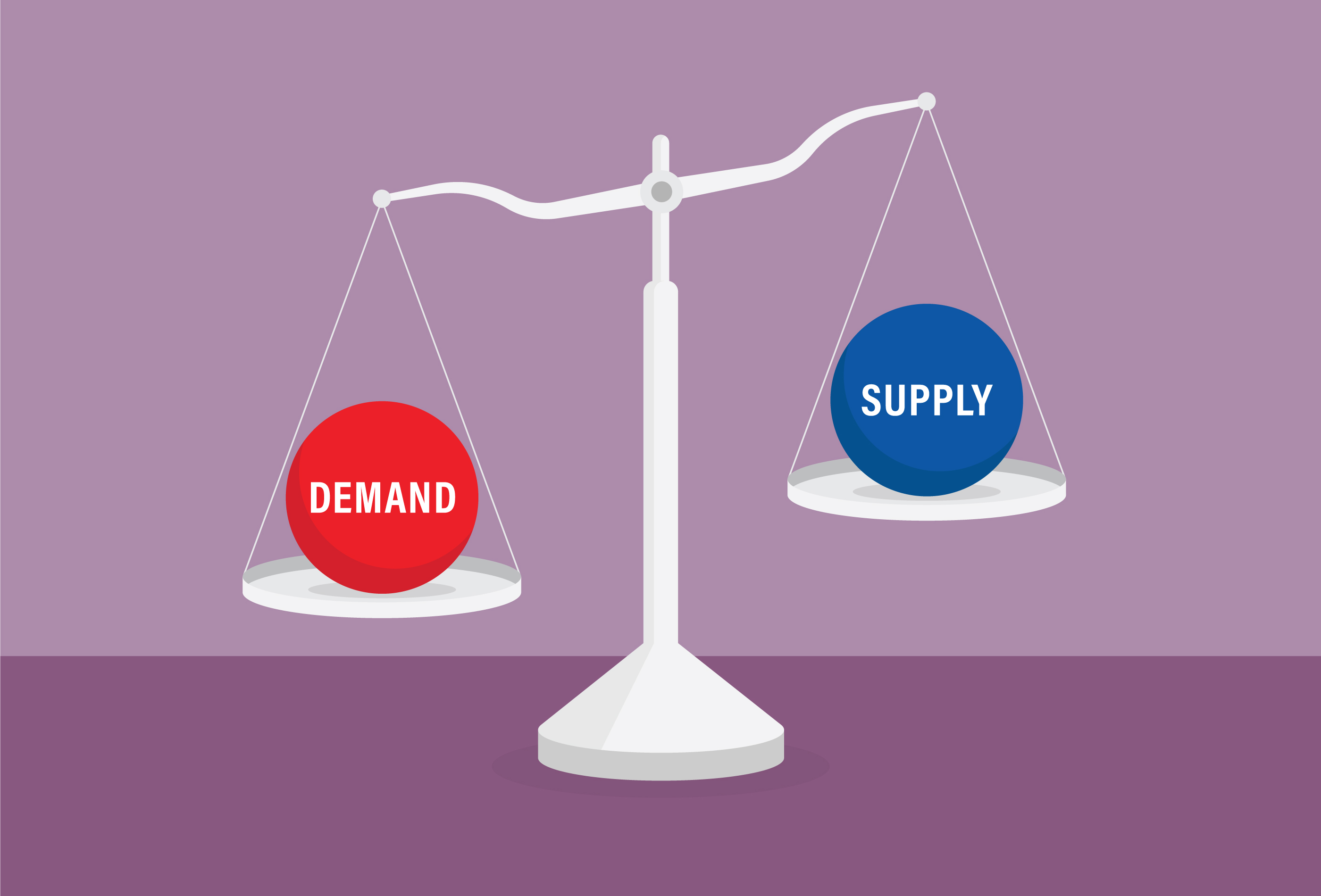What is a stock market bubble?
A stock market bubble is a significant run-up in stock prices without a corresponding increase in the value of the businesses they represent. A company's valuation should be determined by its business fundamentals -- its profits, growth rate, and similar factors. In a bubble, speculation and euphoria take over.

The dot-com bubble of the late 1990s may be the most recent famous example of a stock market bubble. Tech stocks surged, fueled by high expectations for a new internet economy. When those expectations were not realized, almost all of the tech stocks that had gained value during the boom years plunged or the underlying companies went out of business entirely. Arguably, the collapse in high-growth tech stocks from 2021 to early 2022 was also evidence of a bubble.
Not every surge in stock prices is a sign of a bubble, however. Sometimes, large stock gains are justified by the companies' performances. For example, Amazon (AMZN +1.67%) stock has jumped in price by 1,760% in the past decade, but the company's earnings have increased even more during that time, and its competitive advantages have strengthened.
Are we in a bubble right now?
It's rarely clear in real time if we're in a stock market bubble. Looking at the S&P 500 (^GSPC +1.54%) as a whole, there isn't much evidence of a bubble. A broad-market index, the S&P 500 entered correction territory in late February 2022, meaning a decline of more than 10% from a recent peak in a bull market. A bubble, however, generally implies a much greater decline.
Still, there is evidence of a bubble in a subsector of stocks, especially for pandemic winners and other tech stocks. Zoom Video Communications (ZM +1.82%) fell more than 75% from its pandemic-era peak, Peloton (PTON -2.87%) was down nearly 90% at one point, and Wayfair (W +5.26%) dropped by two-thirds. In other words, the bubble in pandemic stocks and others, such as cloud computing stocks, seems to have burst.
There's reason to believe there's still a bubble in other subsectors such as electric vehicle (EV) stocks, many of which have perfect scenarios priced in. There's no obvious credit source fueling stock price increases in the current market environment, although there is evidence of a spike in retail stock trading since millions of Americans have recently opened accounts with Robinhood (HOOD +4.25%) and other retail trading platforms. Additionally, pandemic stimulus payments, enhanced unemployment benefits, and other government relief measures have helped to fuel a bubble.
Speculation is a key driver of any stock market bubble and a clear warning sign. Investors buy stocks not just because they believe their underlying values will rise but also because they believe the stock market will remain liquid, enabling them to easily sell their stocks at any time. During stock market bubbles, stock prices becomes divorced from the underlying business fundamentals yet continue to rise based on the assumption that speculators will continue to buy. A similar phenomenon seems to have occurred with Bitcoin (BTC +1.27%) and other cryptocurrencies since mid-2020 as their prices have also surged. When valuation metrics such as price-to-earnings ratios and price-to-sales ratios are well out of the historical range, that's evidence of a bubble.
Market Sentiment
Often the clearest sign of a stock market bubble is market sentiment, or how investors feel about the stock market. J.P. Morgan famously sold his stock holdings ahead of the Great Depression after a shoeshine boy asked him how he could buy stocks. Similarly, there were signs on social media platforms during much of the pandemic boom of euphoric sentiment in the market.

